I’ve loved watching birds all my life. I grew up in central Pennsylvania with woodland wildlife in my backyard, and I had binoculars and field guides in my hands before I could even read. As a kid I joined my family on bird walks in the forest, memorizing the birdsongs I heard. Yet I didn’t consider myself a “birder” until I came to Northwestern.

Collin Porter; Credit: Shane Collins
The Evanston lakefront campus lies within one of the largest bird migration pathways in North America. Nearly 400 unique species have been documented within Cook County, Ill., which contains crucial patches of habitat for both resident and stopover birds. So when I got here, I couldn’t pass up the opportunity to seek out such amazing avian diversity.
I started bringing my camera with me on early-morning birding expeditions around campus. I’d been doing portraiture and street photography for years and realized those skills could be translated to natural subjects. Uniting my interests truly paid off on a chilly October morning in 2023, when I spotted an unusually chunky brown-and-silver songbird foraging in the grass on the north end of campus. I quickly lined up a shot and posted the photo online.
Fellow birders confirmed it to be a gray-crowned rosy-finch — the second ever recorded in Illinois and the first seen in Cook County. This bird breeds high up in the Rockies and other Western mountain ranges and then winters at lower elevations. Discovering this bird right next to Lake Michigan — over 1,000 miles away from its typical range — was stunning.
After that extremely rare sighting, I went on bird walks almost every morning. Then, during my senior year, I set a goal: Record over 190 bird species at Northwestern before graduating. By the time I drove back home to Pennsylvania at the end of summer 2024, I had spotted 196 species on campus.
For me, birding has blossomed into so many things: a calming pastime, a way to appreciate the biodiversity around me and an avenue to grow as a photographer. It has been encouraging to see birding become more widespread too. Social media and online platforms such as eBird, which allows anyone to report bird sightings, help collectivize access to and enjoyment of wildlife, all while benefiting research and conservation efforts with something as simple as awareness.
As I prepare to pursue graduate studies in ecological and evolutionary research centered in ornithology, my goal is to widen that access. I share my photography not only to contribute to the scientific documentation of species but also to publicize my personal experiences with birds and the joy they bring. My hope is that you too will be inspired to go out and experience this joy for yourself — perhaps in your own backyard.
Collin Porter ’24, a birder, photographer and ecologist from Williamsport, Pa., studied environmental sciences and musicology at Northwestern. He was a trombonist in the Northwestern University “Wildcat” Marching Band.

“This immature Cooper’s hawk [pictured above and illustrated here] is likely one of several residing on campus. While they were seen nesting south of University Library in 2023, I observed nest-building behavior over the Marjorie Weinberg Garden in spring 2024, as American crows had seemingly taken over the previous nest. Despite sharp population declines decades ago, Cooper’s hawks are now one of the most successful predators in the area.” — Collin Porter


 To join NU Birders on an upcoming bird walk, click
To join NU Birders on an upcoming bird walk, click 
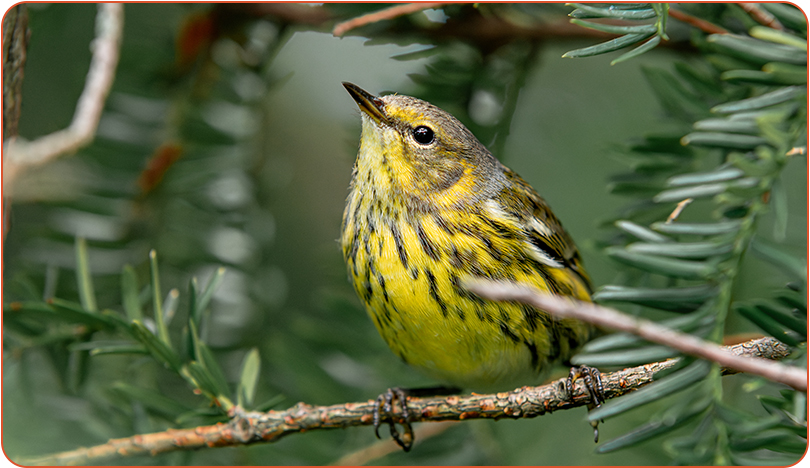
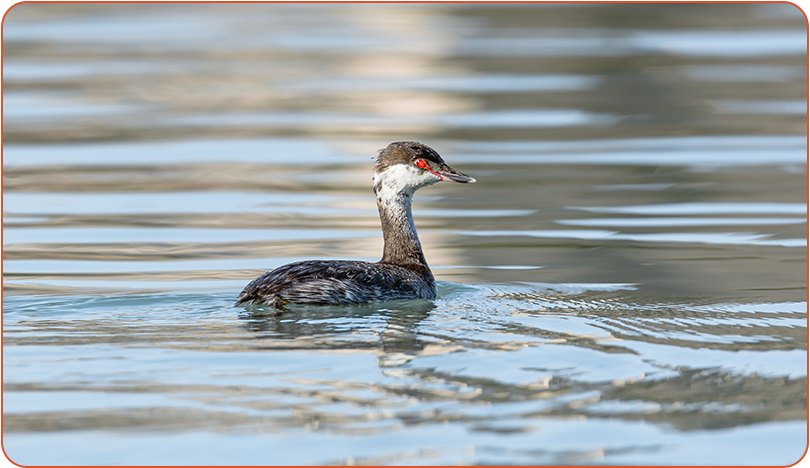
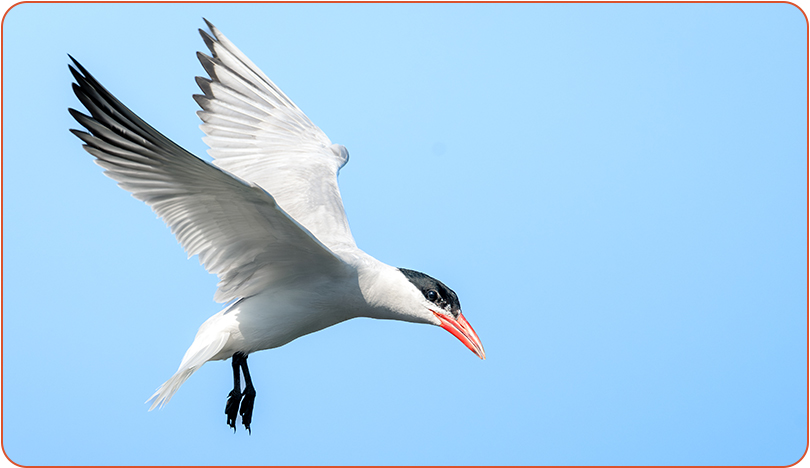



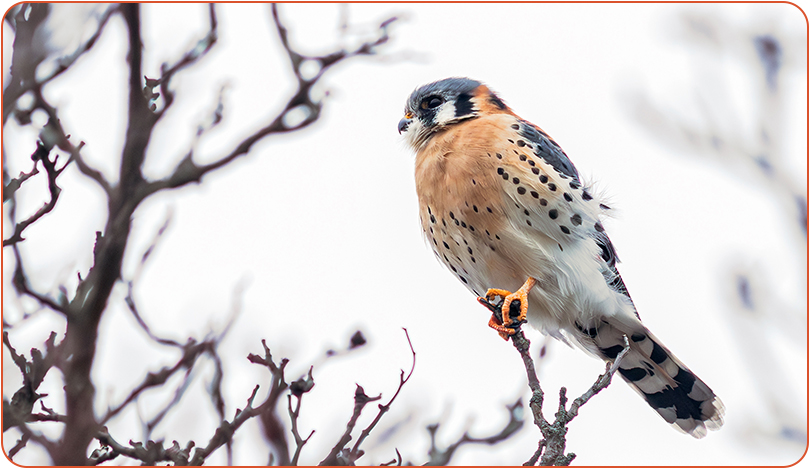




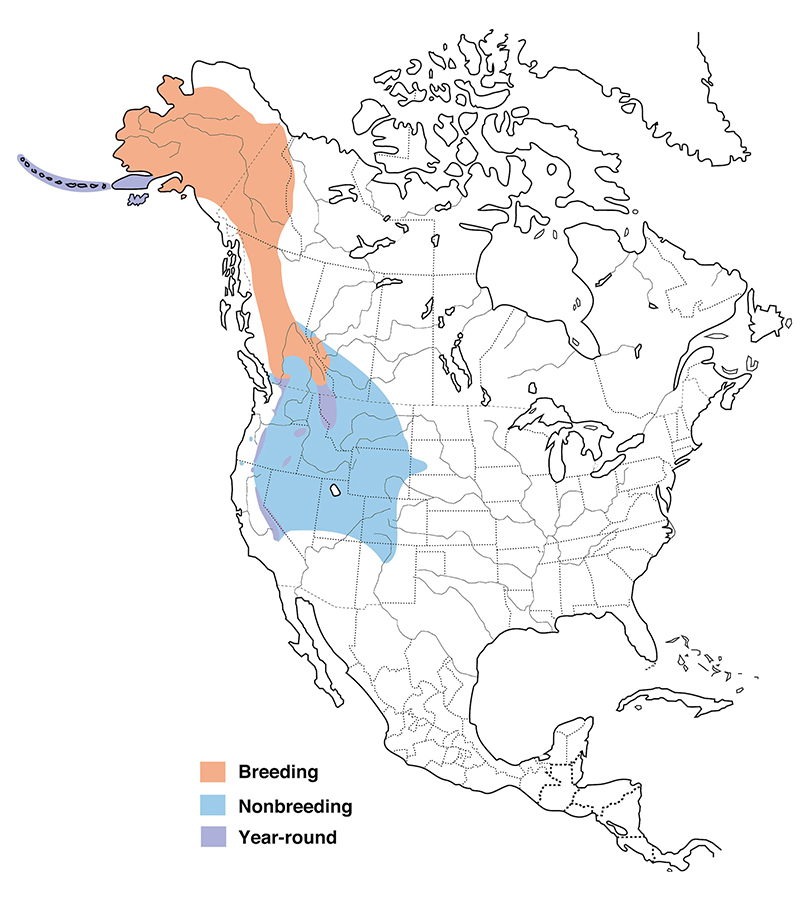

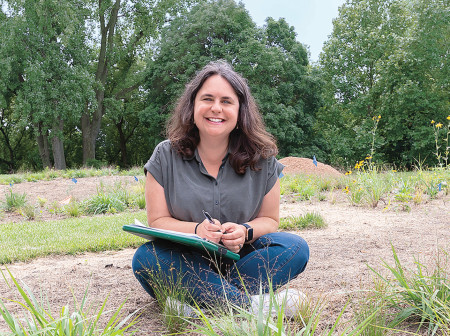

Reader Responses
Can't tell you how much i enjoyed "Birds of Northwestern." Thank you for sending it. Loved being able to imagine campus in my mind. Thank you for the well-paced, understandable writing too!
—Jill Adkins '84, Wesley Chapel, Fla., via Northwestern Magazine
If you haven’t read it already, Collin, check out “The Big Year: A Tale of Man, Nature, and Fowl Obsession” by Northwestern’s own Mark Obmascik '83.
—Mark Blackwell '83, '85 MBA, Chicago, via Northwestern Magazine
Loved this article. Calling attention to nature and to something we can only notice when we are still is so valuable. Thank you.
—Tammy McLeod '13 CERT, Phoenix, via Northwestern Magazine
I am not sure from the single photo, but I don't think this is a grey-crowned rosy finch but rather an equally rare black rosy finch. The three rosy finches are the grey-crowned, brown-capped and the black — all rarely seen in the area of Northwestern. They are common where I live in Aspen, Colo.
—Barry Mink '64, Aspen, Colo.
This was a fascinating article. I have often spotted an array of different birds on campus during walks, but I never knew just how many different species visit the area until reading Collin’s article. How do you join the NU Birders group as an alumni?
—Chelsea Brown '02, Evanston, via Northwestern Magazine
Hats off to Collin Porter. I loved his bird photos. National Geographic quality for sure. I too love trying to capture a bird or two — from my deck. Nowhere near his equipment, just a 35mm Nikon.
Thanks for sharing his work.
—Joyce Nielsen '98, Lakewood, Ill., via Northwestern Magazine
A superb article about a critically important activity! Forest bathing is often recommended as an effective stress-reduction therapy — much needed in our tumultuous times — but bird watching is even better, since it is more active than passive and often expands our collective knowledge about avian food sources, habitats, behavior repertoires and migration patterns. The truth is, you never really know what's out there, until you're out there, too. And then there are the realities that only birds can teach us. See, for example, Karen Solie's "Meadowlark" or A. E. Stallings' "Blackbird at Dawn" — two poems that only members of the avian kingdom could inspire.
—Jim Sanders '73 MA, '80 PhD, Elizabethtown, Pa., via Northwestern Magazine
No one has commented on this page yet.
Submit a Response